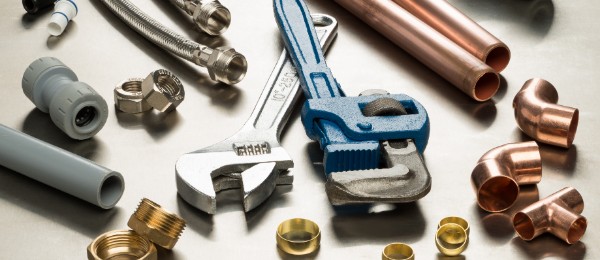Even though the earthquake shaking was still on a small scale, we should be wary of houses near the beach and volcanoes. The losses caused include material things, for example if a house or building is destroyed by an earthquake.

However, you don’t need to worry because now many modern technologies have been developed to build earthquake-resistant structures.
The characteristics of buildings with earthquake-resistant construction have a tremendous impact in reducing losses.
Want to know the characteristics? Come on , see below!
Type of soil
When you want to build a house, the first thing you have to do is choose the type of soil.
Soil types are divided into 2 groups, namely, hard and soft or weak soils.
Soft porous soil, too dangerous for a house or building to build on it and must be compacted first.
We recommend choosing the type of hard soil with coarse components such as loamy sand, sandy gravel and consolidated soil.
And avoid building a house on a steep slope area, because it can be ascertained that the soil is soft.
Structural Specific Earthquake Foundation Design
When constructing a building, one of the important things to consider is building an earthquake-resistant foundation .
Designing a special foundation with the right structure, can transmit the building load to the ground to prevent damage.
There are various types of foundations to support structures that support the weight of the house, one of which is a running shoe foundation.
Running shoe foundations are ideal for houses built with earthquake-resistant structures and houses with 2-story buildings.
Building Height
The number of floors built and the measurement of height are the main factors in determining the load borne by the foundation.
The higher the building is built, the greater the earthquake shock will be felt.
For this reason, do calculations before planning the structure so that the building is safer when an earthquake occurs.
Earthquake Resistant Symmetrical Building
In designing the building structure, it is usually symmetrical to maintain the balance of the building.
Simple symmetrical designs with regular shapes tend to be more resistant to earthquakes than more complex designs.
Asymmetrically or intricately designed buildings can experience large torsional forces during earthquakes.
Flexible Building Structure
A good building structure has a retaining capacity with a dynamic style and is quite flexible.
From foundations to walls, buildings that are less flexible and rigid are likely to crack and break quickly during an earthquake.
Use of Reinforced Concrete
The quality of building materials used in construction must be considered.
The ideal combination in the construction of earthquake-resistant houses is the use of reinforced steel with concrete.
This combination is not only strong and resistant, but also very flexible to prevent damage to buildings during earthquakes.
Earthquake Resistant Home Care
After the construction of an earthquake-resistant house is completed, you must also always check the structure of the building, both inside and outside.
This also applies to houses built in areas where earthquakes frequently occur.
After an earthquake shock occurs either on a small or large scale, make sure to carry out regular house maintenance.
Maintenance includes inspection of deck slabs, restoration of insulation in walls, roofs and foundations, as well as internal and external leaks.
This maintenance is very important to maintain and keep the house safe when a large-scale earthquake shock occurs.
Those are the characteristics of earthquake-resistant house construction that you must know if you live in an earthquake-prone area.
Hopefully this article can be useful for you.



